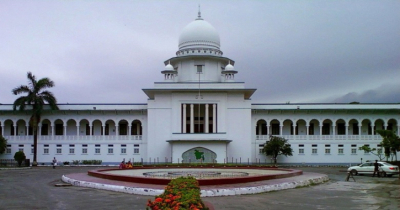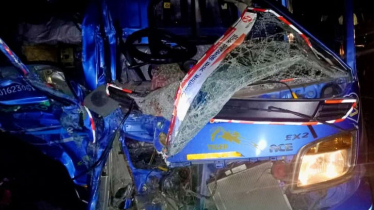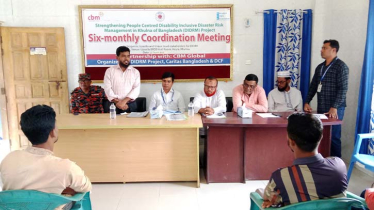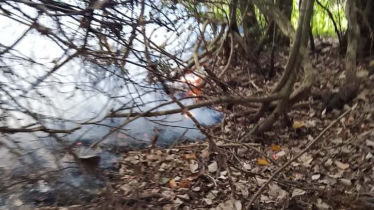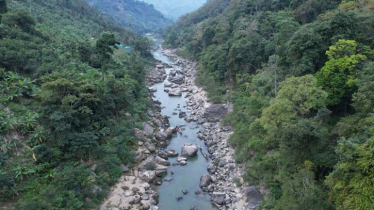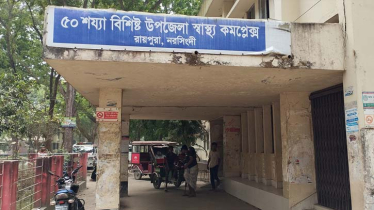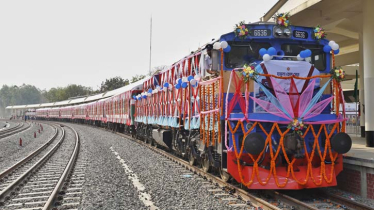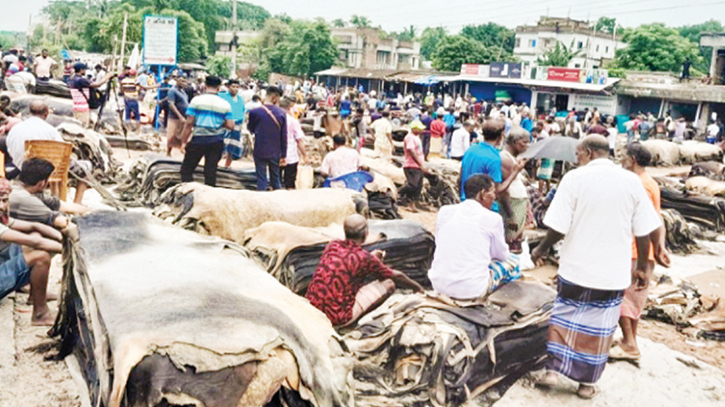
Photo : Messenger
Rajarhat, known as the largest leather market in Khulna division and the second largest in the country, hosted its second post-Eid market on Saturday. However, the event saw a significant decrease in the amount of leather traded compared to the first day, with conflicting reports on pricing from different market participants.
Leather dealers claimed they paid fair prices, even purchasing leather at rates higher than the government-set prices in some cases. In contrast, small traders expressed dissatisfaction, stating they did not receive the proper value for their leather.
The market was bustling, with traders not only occupying the main market area but also lining the roadsides with animal skins. Small businessmen who brought sacrificial animal skins to sell complained of having to sell at lower prices than the government-mandated rates.
Nandi Kumar from Dakop in Khulna shared that he bought cow skins for up to 1000 taka and smaller skins for 700 to 800 taka. He managed to save capital by selling the leather, as storing it with salt would incur further losses. Goat skins were sold at an average rate of 10 to 20 taka, with torn skins being discarded.
Biswajit Saha from Taraganj village in Jashore Sadar brought 70 cow skins and 20 goat skins to the market. Despite not getting his desired price, he sold all the skins. He mentioned that the price of leather has been declining for the past 3-4 years, with the government-fixed price of 50 taka per foot only fetching 25 taka per foot. After accounting for collection, salting, and transportation costs, he sold each piece for around 8-900 taka.
Pawan Das from Kalia village in Narail district also reported losses, selling large cow skins for 800 taka and goat skins for 20 taka per piece. He sold cow skins for 25 taka per foot, half the government-fixed price.
Local traders disputed the claims that small traders were not receiving the government-prescribed prices. Artaddars (middlemen) claimed they bought sacrificial animal skins at prices higher than the government's set rates but acknowledged that the price for split leather was lower. They also mentioned that in some cases, they did not accept certain skins.
Local artisan Haseeb Newaz explained that processing each cowhide costs an average of 300 taka, including salt and labor. With the price of salt doubling since last year, costs have increased. Despite this, raw hides were bought for 700 to 1000 taka, with the government paying more than the fixed price in some instances. However, the cost to salt these skins has now risen.
Alauddin Mukul, former General Secretary of the Artdar and District Leather Traders Association, stated that approximately 40,000 pieces of skin were traded on Saturday, with 30,000 being cowhides, totaling around one and a half million taka in transactions. He noted that good-quality cowhides were sold at or near the government-set prices, while lower-quality leather naturally fetched less. He also pointed out that retailers buy at lower prices door-to-door and then demand higher prices, which contributes to the discrepancy.
Mukul emphasized that government initiatives to export raw leather and provide low-interest loans to retail leather traders could significantly boost the sector.
Messenger/Fameema

